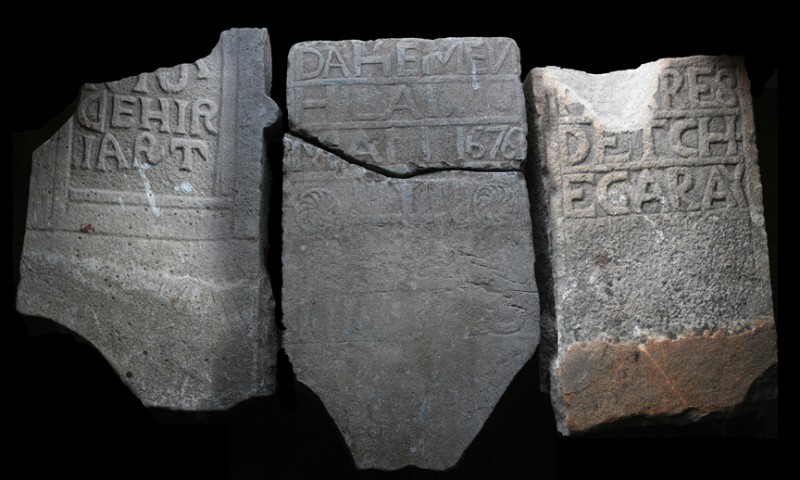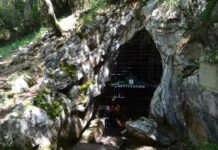This article was translated by John R. Bopp
We’ve blogged before about the centuries-long presence of Basque whalers and fishermen on the Atlantic coast of what is today Canada. It reached its high point, that we know of, at the Red Bay whalers’ station, which has ended up being named a World Heritage site by UNESCO. We’ve blogged about it many times.
We’ve also brought up the Basques in what is today Placentia, Canada, and how relations are currently being re-activated between that town and its namesake in the Land of the Basques.
Today, we’d like to bring you a very interesting, and greatly clarifying, blog entry from Inside Newfoundland and Labrador Archaeology, which explains to us about how such an abundance of Basque settlements exists in that part of the Atlantic coast.
It also helped, us at least, to discover the research that’s being carried out at the Smithsonian National Museum of Natural History to find out more about the Basques there. As our regular readers will know, the Smithsonian Institution has been quite popular on our blog recently, and it’s due to grow by leaps and bounds, as they’re holding the Smithsonian Folklife Festival, and the upcoming 2016 edition has the Basque People and their Culture as the main protagonist (though, it’s not stated in the note that it will be the only protagonist).
So, below you’ll find the article from the blog Inside Newfoundland and Labrador Archaeology that we found especially relevant.
And because of that, because of its relevance and interest, we’ll dedicate a specific article to the work carried out by the National Museum of Natural History of the Smithsonian to learn about the Basque presence in that part of the world. We’ll also include another entry citing the relationships between the original populations in those areas and Basque whalers.
Inside Newfoundland and Labrador Archaeology -13/11/2015 – Canada
Other Basque sites, the Newfoundland edition
When you mention the word Basque in this Province the minds of most people go to the UNESCO Word Heritage site at Red Bay and the remains of the very well preserved 16th century Basque whaling industry represented there. People are often surprised when they learn there are more than 30 other registered Basque sites in Labrador. Basque sites are also present on the Lower North Shore of Quebec.
(Follow) (Automatic translation)
———–
Inside Newfoundland and Labrador Archaeology -27/3/2015 – Canada
Saddle Island West artifacts
While writing my thesis on the Recent Indian period I had to read all the material I could find on that period of Newfoundland and Labrador’s past. That’s when I learned about the Recent Indian site on Saddle Island, Red Bay.
(Follow) (Automatic translation)
Last Updated on Dec 20, 2020 by About Basque Country
































